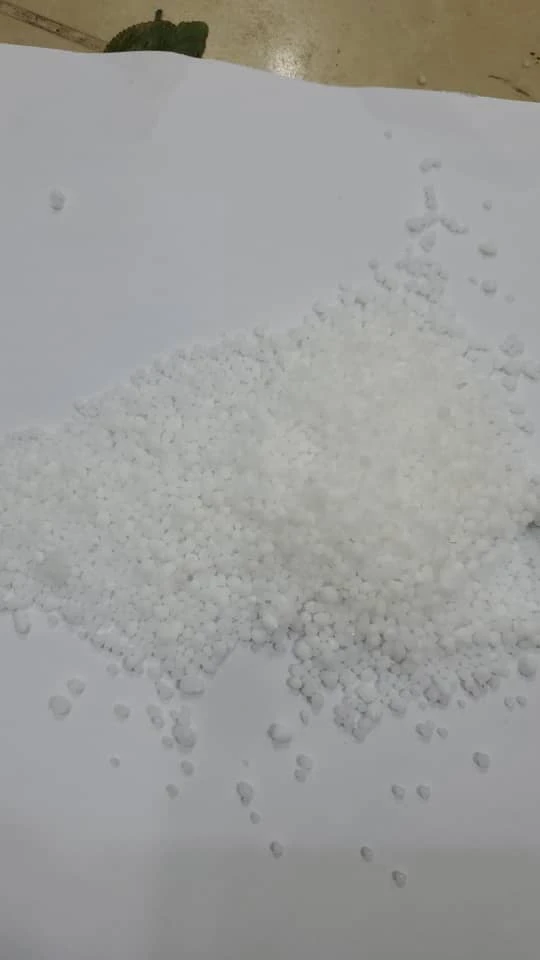



homemade potassium nitrate
Homemade Potassium Nitrate A Step-by-Step Guide
Potassium nitrate, commonly known as saltpeter, is a chemical compound with the formula KNO3. It has a variety of applications, from agriculture as a fertilizer to use in food preservation and even in the production of fireworks. While potassium nitrate can be purchased commercially, making it at home can be an interesting and educational process. This article provides a step-by-step guide to producing homemade potassium nitrate safely and efficiently.
Understanding the Basics
Potassium nitrate is formed by the combination of potassium hydroxide (a base) and nitric acid (an acid). The chemical reaction is as follows
\[ KOH + HNO_3 \rightarrow KNO_3 + H_2O \]
In this process, potassium hydroxide neutralizes nitric acid to produce potassium nitrate and water
. While this method is efficient, handling these chemicals requires caution and proper safety measures.Safety Precautions
Before beginning the process, it is crucial to prioritize safety. Wear protective gear, including gloves, goggles, and a lab coat. Conduct the experiment in a well-ventilated area to avoid inhaling fumes. If possible, have a fire extinguisher nearby, as both potassium nitrate and the chemicals involved can pose fire hazards.
Materials Needed
homemade potassium nitrate

1. Potassium Hydroxide (KOH) This can be obtained from some hardware or chemical supply stores. 2. Nitric Acid (HNO3) Often available in pool supply stores or chemical suppliers. 3. Distilled Water For dilution and rinsing. 4. Beakers or Glass Containers For mixing the chemicals. 5. Stirring Rod To mix the solutions. 6. Heat Source A hot plate or burner to evaporate water.
Step-by-Step Process
1. Prepare the Solutions - In a glass beaker, dissolve an appropriate amount of potassium hydroxide in distilled water to make a 1 M solution. Stir until fully dissolved. - In a separate container, prepare a diluted nitric acid solution. Start with a concentration of 1 M.
2. Mix the Solutions - Slowly add the diluted nitric acid to the potassium hydroxide solution. Do this gradually while stirring continuously. The mixture will heat up due to the exothermic reaction. - Ensure that you are in a well-ventilated space and wearing protection.
3. Observe the Reaction - After complete addition, you will see the formation of potassium nitrate along with water. The solution may still be in liquid form.
4. Evaporate the Water - To obtain solid potassium nitrate, you need to evaporate the water from the mixture. Transfer the liquid to a heat-resistant container and gently heat it on a hot plate until most of the water has evaporated. Be cautious to avoid boiling the mixture too vigorously.
5. Crystallization - Once a thick syrupy consistency is achieved, remove it from the heat and allow it to cool. As it cools, potassium nitrate will crystallize out of the solution. - Once completely cooled, you can filter out the solid crystals using a fine mesh filter or coffee filter.
Conclusion
Making potassium nitrate at home can be an engaging project that illustrates fundamental chemical principles. However, it is essential to handle all chemicals safely and responsibly. Always adhere to local regulations regarding chemical DIY projects, and remember, when in doubt, consult experts or educational resources. Having homemade potassium nitrate can be rewarding, whether for gardening, food preservation, or simply for the joy of chemistry. Always prioritize safety and have fun exploring the fascinating world of chemical reactions!
-
Why Sodium Persulfate Is Everywhere NowNewsJul.07,2025
-
Why Polyacrylamide Is in High DemandNewsJul.07,2025
-
Understanding Paint Chemicals and Their ApplicationsNewsJul.07,2025
-
Smart Use Of Mining ChemicalsNewsJul.07,2025
-
Practical Uses of Potassium MonopersulfateNewsJul.07,2025
-
Agrochemicals In Real FarmingNewsJul.07,2025
-
Sodium Chlorite Hot UsesNewsJul.01,2025










